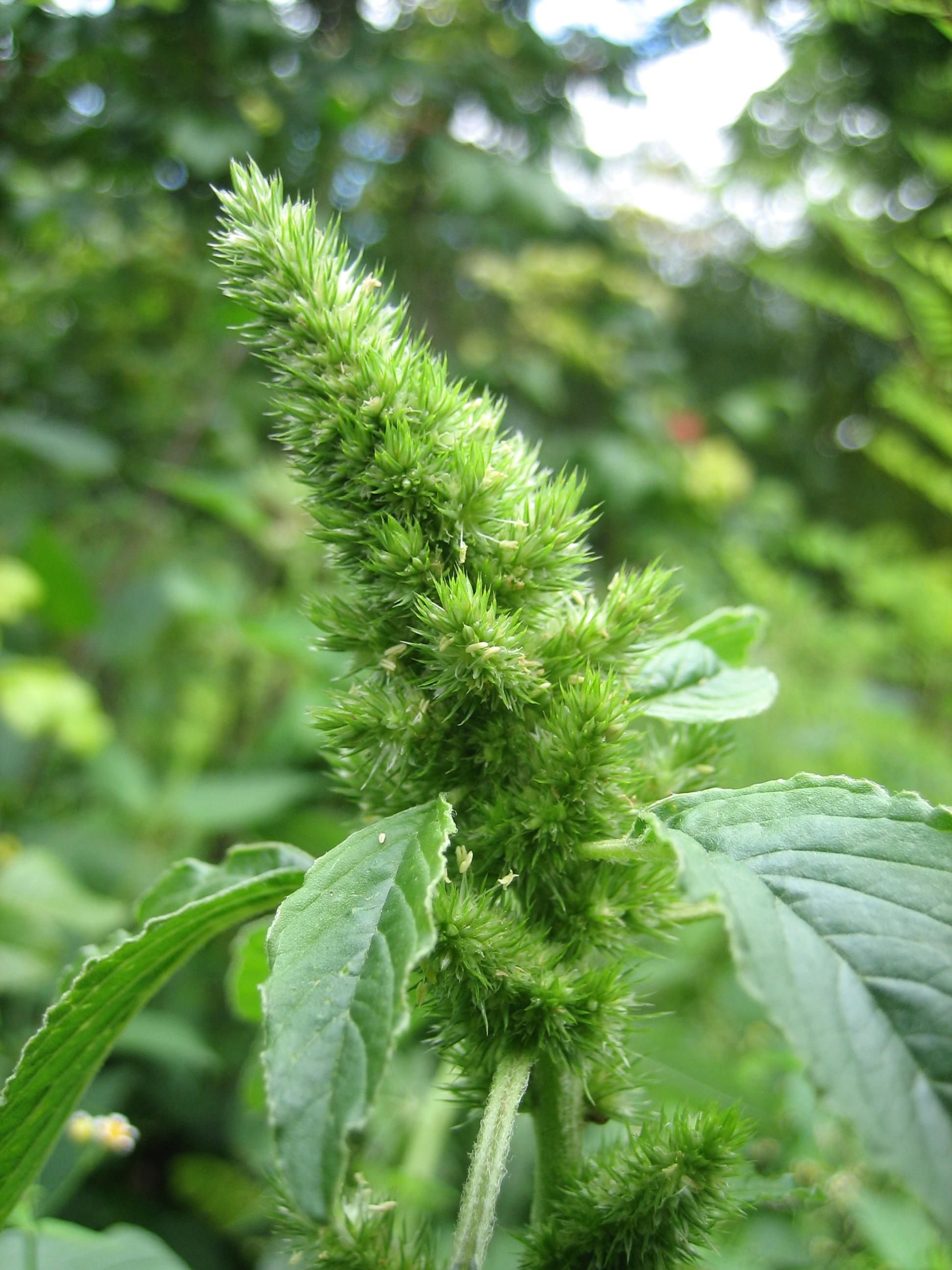
Redroot amaranth (Amaranthus retroflexus)
Redroot amaranth, also known as Redroot pigweed, Common amaranth
Redroot amaranth (Amaranthus retroflexus) is often seen as a weed but has edible parts that can be quite nutritious:
1. **Leaves:** Young leaves are best for consumption. You can enjoy them raw in salads or cook them similarly to spinach. For older leaves, cooking helps reduce bitterness and makes them more palatable.
2. **Stems:** The tender stems can be incorporated into dishes like stir-fries or soups for added texture and nutrition.
3. **Seeds:** These tiny seeds can be toasted and used as a grain alternative or ground into flour for baking.
**Preparation Methods:**
- **Leaves and stems:** Thoroughly wash, then steam, sauté, or boil to suit your recipe.
- **Seeds:** Rinse and dry roast them in a pan until they start to pop, or cook like quinoa for a versatile ingredient.
Avoid consuming the stalks, roots, and older leaves as they may contain harmful substances. Ensure to correctly identify the plant and confirm it is pesticide-free before consumption.